Spectrums were the big thing that I remember, with C64's coming in at number 2. When the Amiga 500 came, my brother managed to scrape up enough to get one, and passed his C64 along to me.
I stuck with that well past its use by date (still have it in use, so that was an understatement!) even when I got an A500. I didn't make the leap to PC until I got a 387/16 in order to play the Ultima games, in particular.
I think I was one of the only people to buy, and complete, Ultima 6 on the C64. Not sure what I was thinking.
Anyway, I missed the end of Commodore, having joined the Army by that stage, but it seemed to me that they were basically becoming expensive IBM compatibles anyway. I think Commodore took on the wrong crowd of fans, basically the lower end of the market, mixed with graphics whores (Amiga). These two areas made up the majority of their market, so you had one that would jump ship for the cheapest alternative, especially gaming, and the other would jump ship if you didn't provide the most power.
The C64 easily provided the most bang for buck, for years. The Amiga, too, was easily the most powerful home computer when it came out. It made the competition look like something from the stone age, again for quite a few years. When new consoles started emerging from Japan, CBM started losing the low end gamers, and when IBM compatibles eclipsed the Amiga, for less money, CBM lost the power users. Basically, they had two mega winners on their hands, and nothing else after them that really matched the opposition when it came to price or power.
'What about Apple?' you may ask. They had the same thing that prestige cars today have; a made up name. They were horrendously expensive for what you got (Apple II had 48 kb, lousy colours, no disk drive, some beeping sounds, etc yet you would pay well over a thousand for the base model. After this, you would need to pay many hundreds for each upgrade, including more ram to take it to 64kb, a disk drive, a sound card, etc. The C64 had 64 kb, 16 colours, an excellent sound system and these were in the stock model for a couple of hundred on release. A Disk drive would set you back another 200 or so) yet appealed to the yuppy due to clever advertising.
The Apple user wouldn't want a PC. They were difficult to use (dos), and were really just business machines. The C64 was for low brows and 'lesser' people, while the Amiga was a hoon machine, made for the 'revheads' of the computer world. No, the true stock broker/business mogul/intellectual, who knew nothing about computers, went for the prestigious Apple. How could you tell your friends otherwise? The same pretty much applies today. You pay a lot of money for a machine that is nowhere near as powerful as the (less expensive) opposition. It does have the Apple logo on it though!













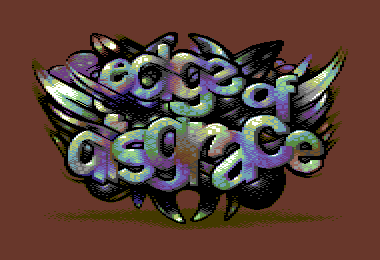



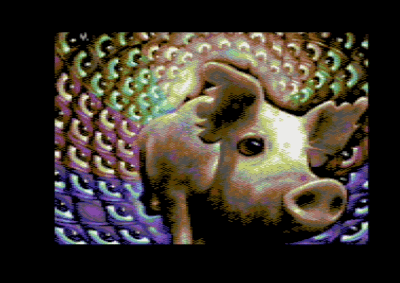
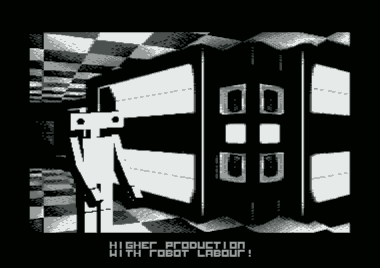





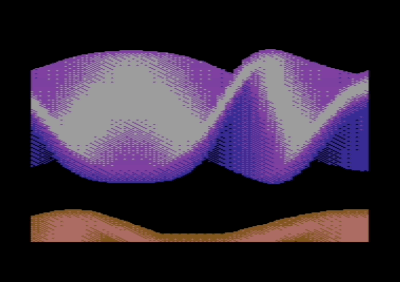






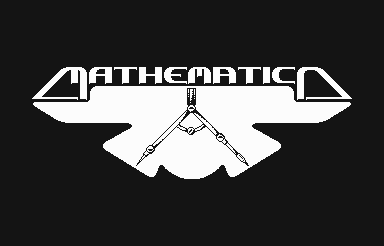
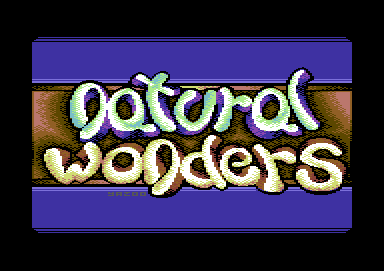




![The Year of Incline [2014] Codex 2014](/forums/smiles/campaign_tags/campaign_incline2014.png)


![Glory to Codexia! [2012] Codex 2012](/forums/smiles/campaign_tags/campaign_slushfund2012.png)





